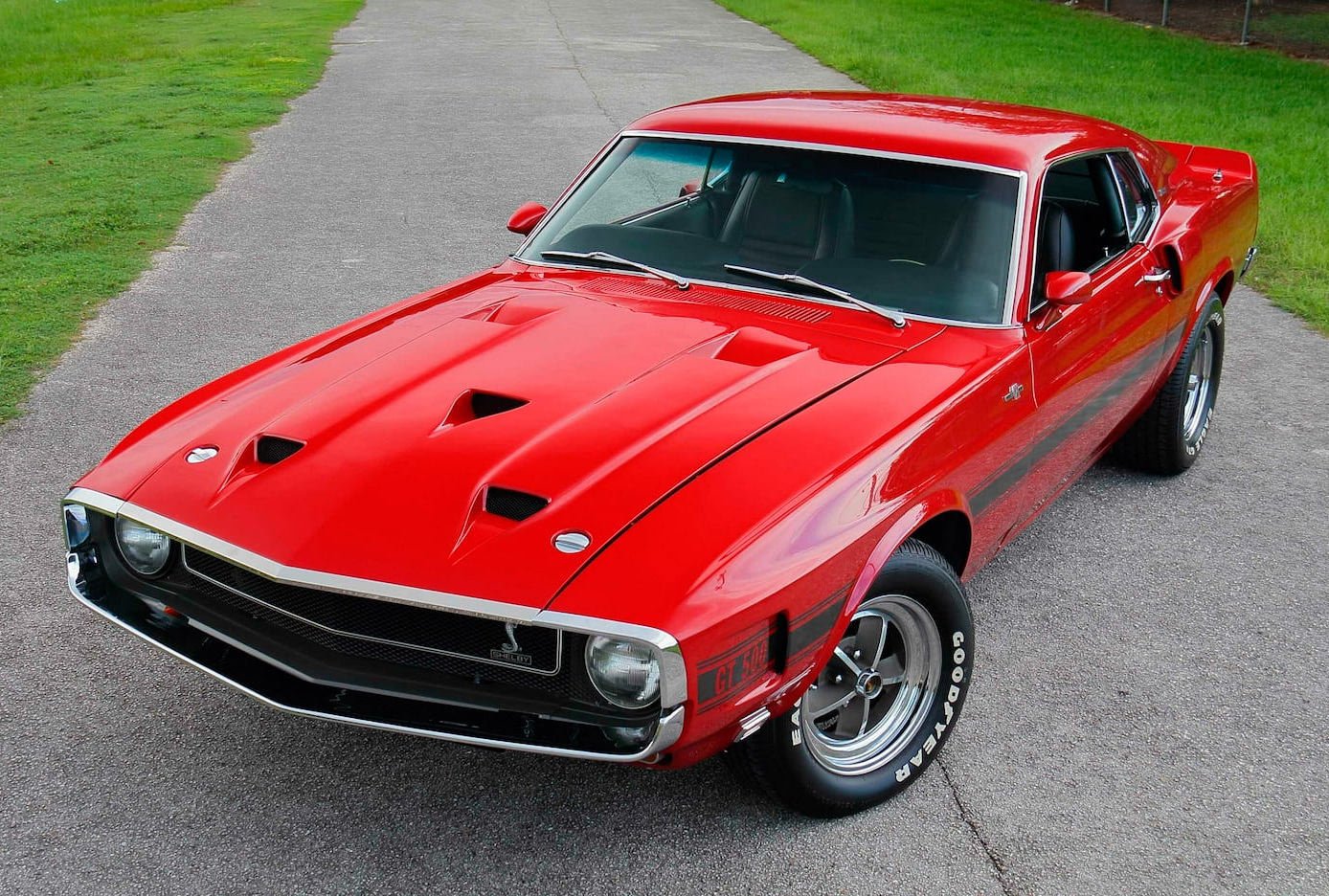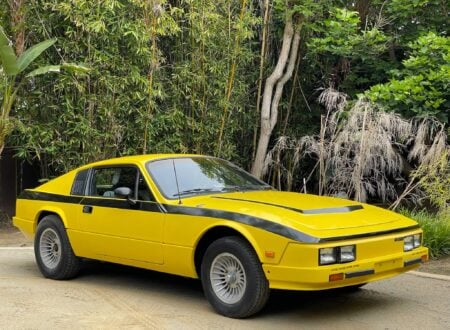This Shelby GT500 belonged to the man responsible for its creation, race car driver turned high-performance automobile manufacturer Carroll Shelby.
Interestingly, Shelby wouldn’t be this car’s only famous owner, it also belonged to Academy Award-nominated actor and director Jackie Cooper for a number of years.
Fast Facts – The Shelby GT500
- The Shelby GT500 was developed in 1966 and released in 1967 as the first production Shelby Mustang to be fitted with a big block engine, the “Ford Cobra” FE Series 428 cubic inch (7.0 liter) V8 producing 355 bhp.
- The Shelby Mustangs had first appeared in 1965 with the release of the Shelby GT350 with its 289 cubic inch (4.7 liter) V8, it proved highly successful winning a slew of races and championships.
- In 1967 with the release of the new slightly larger Mustang (with its more voluminous engine bay) Ford big block engines could be fitted to them for the first time – resulting in the development of the Shelby GT500.
- The GT500 you see here has formerly belonged to both Carroll Shelby and Jackie Cooper, it’s been through a comprehensive restoration, and it’s now due to cross the auction block with Mecum in January.
The Shelby GT350 – A Bare-Knuckle Mustang
When the Mustang was first introduced in 1964 it proved to be an instant sales hit for Ford, they were selling them just as fast as they could built them, and the model established an entirely new market genre called the “Pony Car” after the wild mustang horse in the car’s emblem.
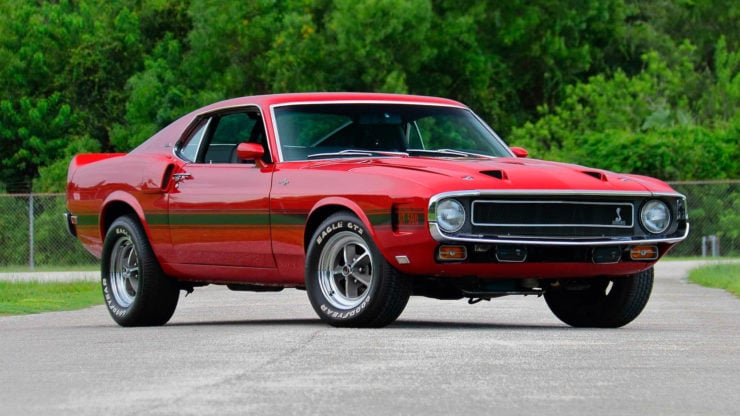

Despite this success, Lee Iacocca, the Ford Division General Manager, was concerned that as a sports car the Mustang didn’t actually have any race wins or motorsport heritage to its name – so he set about making it happen.
Ford and Carroll Shelby already had a friendly relationship thanks to the Shelby Cobra, a re-engined and modified AC Ace from England that was developed by Carroll Shelby and powered by Ford V8s.
Iacocca and Shelby struck a deal that would see Shelby and his team develop a high performance version of the new Mustang and take it racing – to win as many races as it possibly could. This new car would be called the Shelby GT350 and it would compete in the Sports Car Club of America’s (SCCA) B-Production Class against the dominant sports cars of the day – the Corvette, Jaguar XKE, Sunbeam Tiger, and number of Ferrari models.
The remarkable success of the GT350 was likely more than Iacocca expected. Rather than winning a few races here and there resulting in some good photo opportunities the new GT350 would dominate SCCA B-Production (BP) Class racing, winning a slew of races and winning the championship three years on the trot in 1965, 1966, and 1967.
Shelby GT500 – The Arrival Of The Big Block V8
In 1967 Ford unveiled an all-new Mustang that was slightly larger than its predecessor, offering more interior space, more cargo space, and perhaps most importantly, its engine bay was big enough to accommodate one of Ford’s big block V8s.
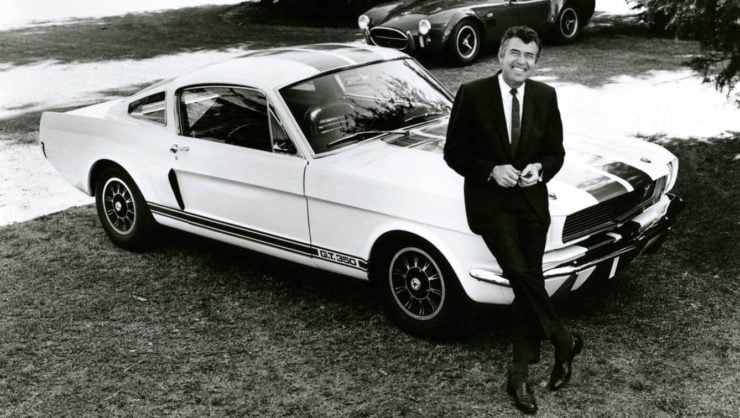

As a result of this change Shelby and his team developed a new version of the Shelby GT series called the GT500. It was powered by the “Ford Cobra” FE Series 428 cubic inch (7.0 liter) V8 that was fitted with twin 600 CFM Holley 4-barrel carburetors on a mid-rise aluminum intake manifold.
This engine was considerably more powerful than the K-Code 289 V8 fitted to the GT350, offering 355 bhp vs the 271 bhp of the smaller engine. Torque was much higher also, with the big block twisting out 420 lb ft vs the 329 lb ft of the 289.
This power was sent back through either a 4-speed manual or a 3-speed automatic transmission to the live axle rear end and inside the car a roll bar was fitted for safety – perhaps an indication that there was concern about putting this much power in the hands of untrained drivers.
A number of other changes were made to the vehicle to help improve performance and better cope with the heavier new engine. The front coil springs were uprated as was the anti-roll bar, front disc brakes came as standard along with Gabriel shock absorbers.
Cobra badging was applied both inside and outside the car, just to make sure that passersby wouldn’t mistake it for a “normal” Mustang, and a year later in 1968 the GT500KR was released – “KR” stood for “King of the Road.”
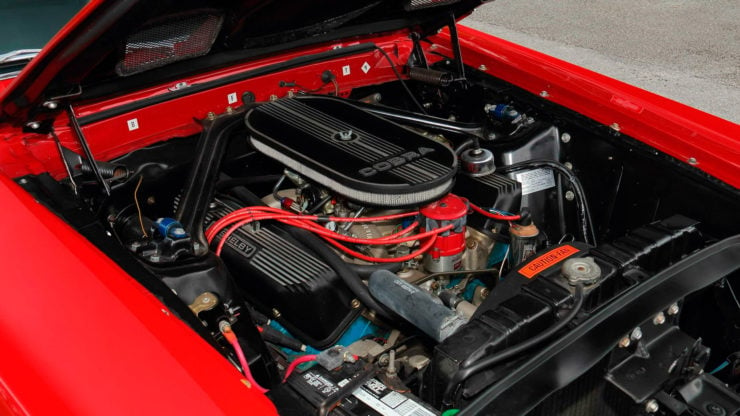

The Shelby GT500 series would remain on sale from 1967 until 1970 however this wasn’t the end for the badge – it would return due to popular demand in 2007 and remain in production over a number of sub-variants to the current day.
The 1969 Shelby GT500 Shown Here
The GT500 you see here is undoubtably one of the more special examples extant due to the fact that, as mentioned up top, it belonged to Carroll Shelby personally. Shelby cars that belonged to Shelby himself always attract more attention when they come up for sale.
This car is fitted with the C6 automatic transmission and it’s finished in candyapple Red with a black interior, it has a Philco AM radio, a sport deck rear seat, power steering, a Traction-Lok differential, and it’s been through a comprehensive restoration.
If you’d like to read more about this GT500 or register to bid you can visit the listing here. It’s due to roll across the auction block with Mecum in January and at the time of writing there is no price guide listed.
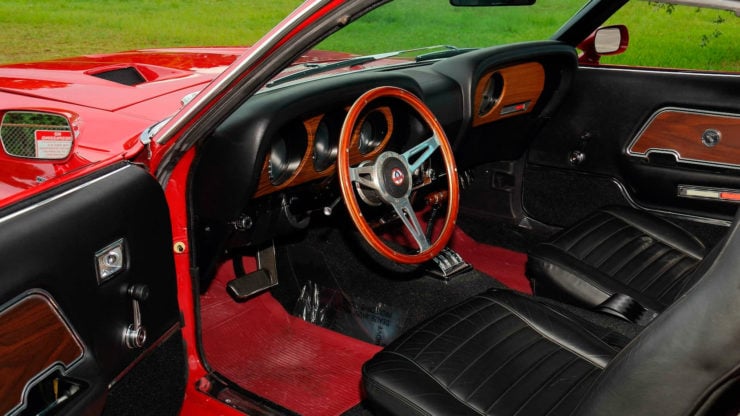
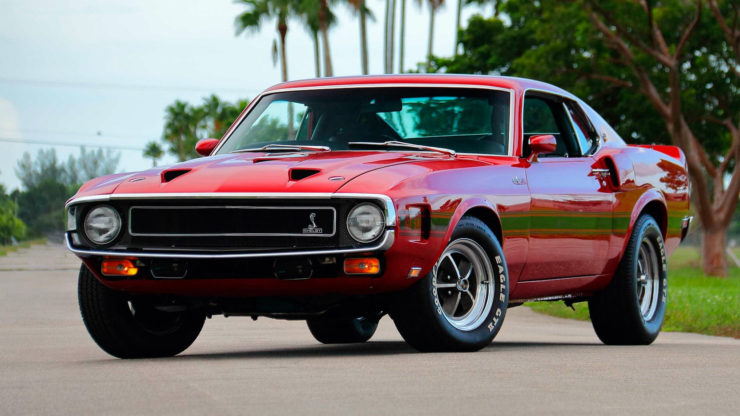
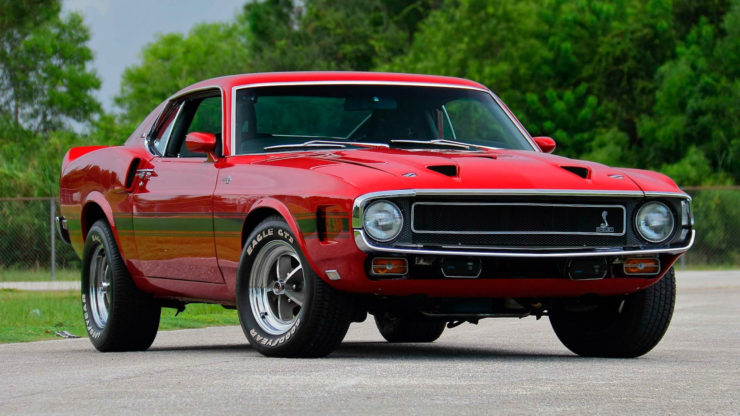
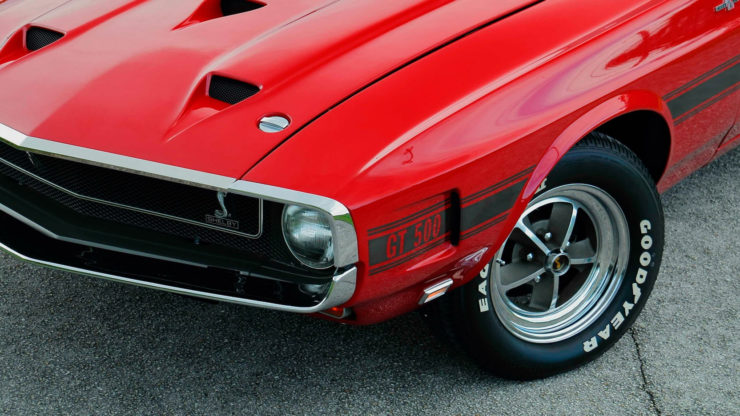
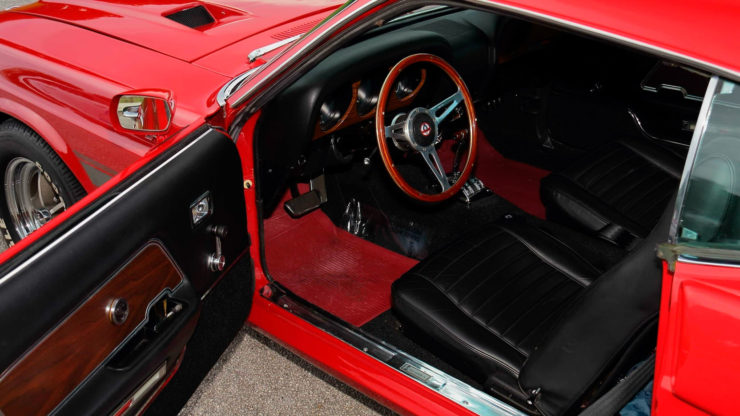
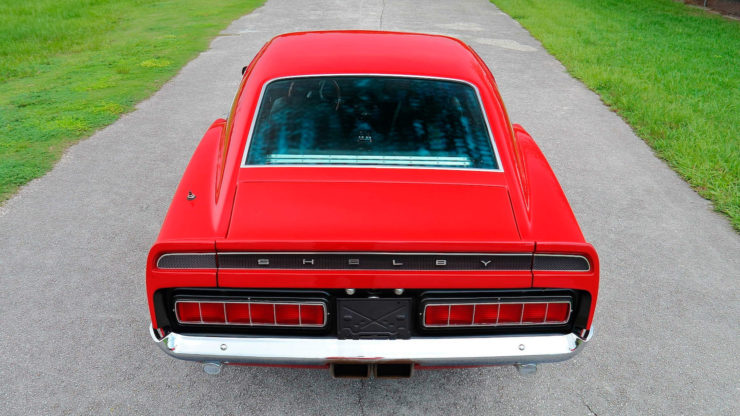
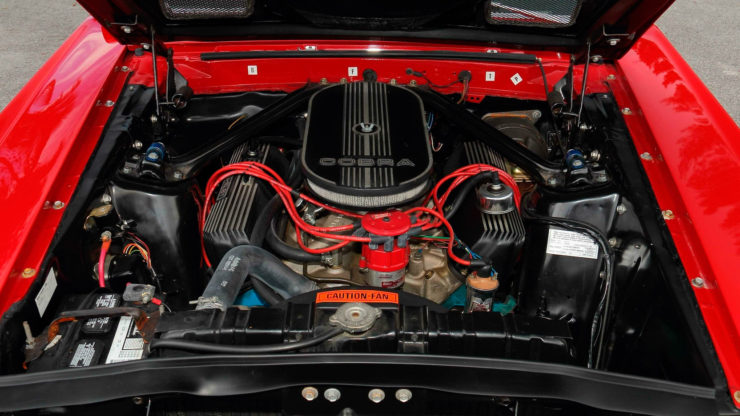
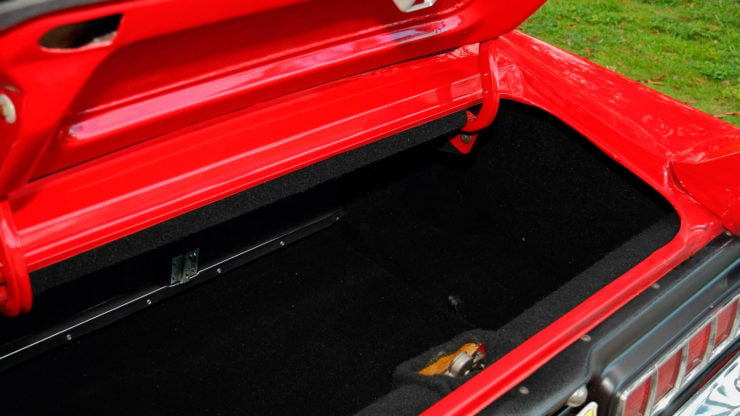

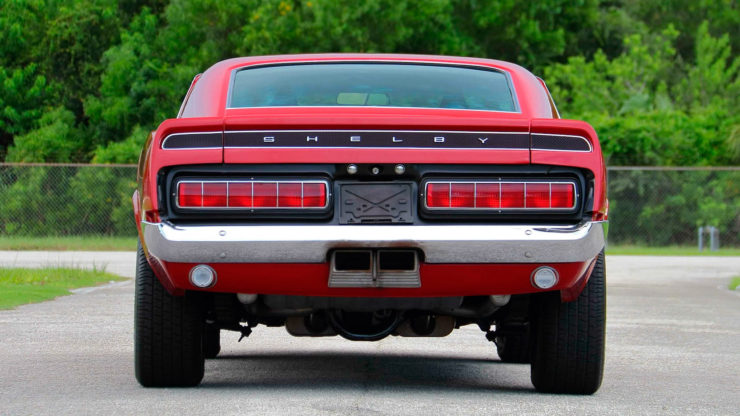
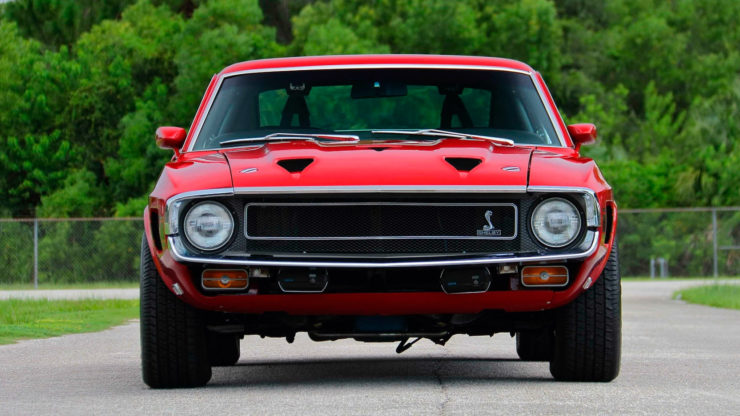
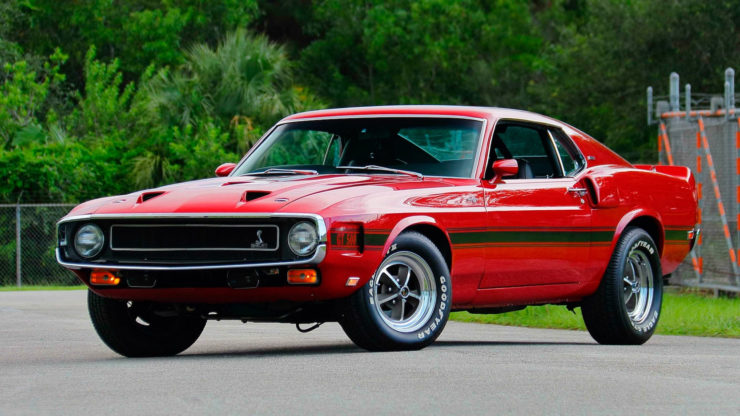
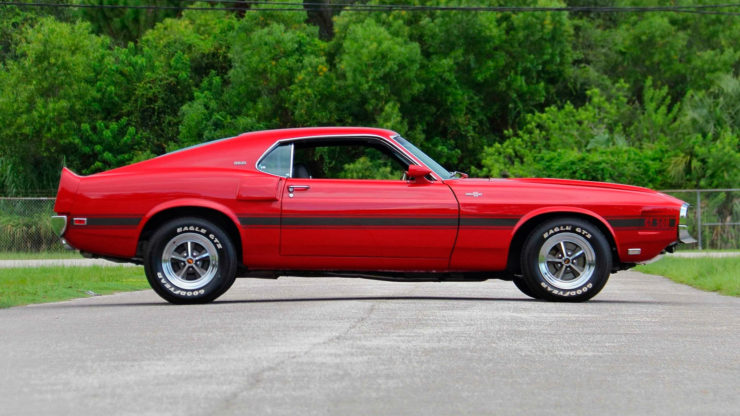
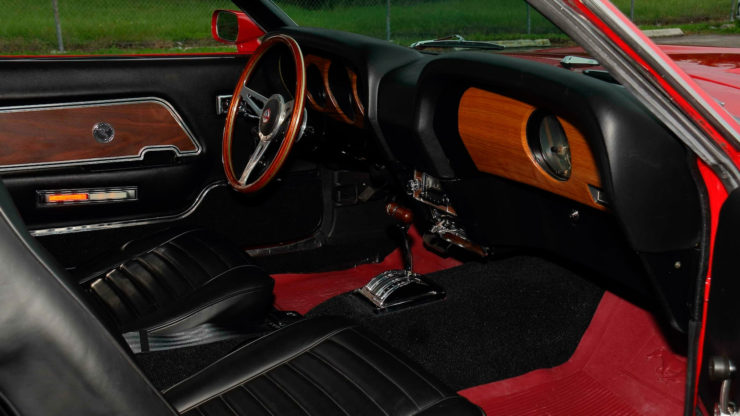
Images courtesy of Mecum

